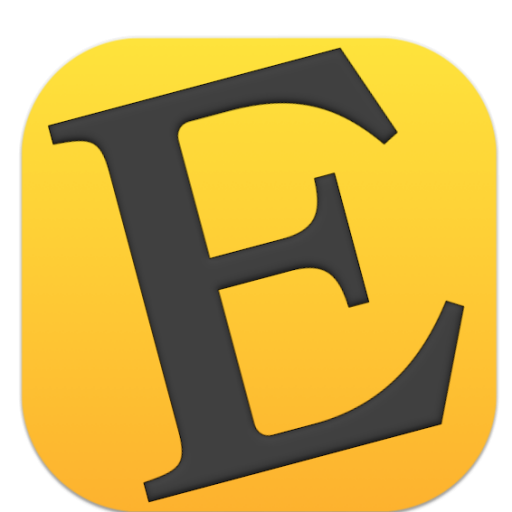A new version of forScore is out today, and it brings a very exciting new feature for educators, along with other improvements noted on the official site.
Since 2018, forScore has had support for URL schemes, and pretty good ones at that. To me, the best use of URL schemes in forScore are in being able to link scores or pages within a score – this makes it easy to drop those links in a rehearsal plan, or a student’s lesson log to quickly jump between necessary music while teaching. Until now, though, there hasn’t been a great way of generating these URLs to a score. There’s a handy tool at the bottom of this page to help you build those links, but it requires too much work by hand.
In version 14, there’s now an easy way to generate these links within the app with one of two shortcuts. ⌃⌥⌘C will quickly copy the ‘most verbose’ link to your clipboard, which is what you would – more than likely – always want. ⌥⇧⌘C will generate a quick interface for you to pare the link down a bit (e.g. if you are on page two of a score inside of a setlist, you can optionally get the link to just your current score without triggering the setlist, or without necessarily getting the current page as part of that link). If you don’t use a keyboard with your iPad (this feature is available on the Mac too!) you can also generate these links by going through the regular share icon1.
forScore’s organization with setlists has me organizing things by ensemble, but this will allow me to be even more flexible. I’ll be able to have one-off sheets linked in my rehearsal plans without them cluttering up that ensemble’s setlist until I finally decide to do some cleaning. I can keep honor band music apart from the rest of the ensembles and just link to it from a student’s lesson log. Linking to individual pages out of books that I want to show students will be much easier2.
Worth noting, this is a feature for pro users, but I would contend that forScore is deserving of that pro subscription from you if you find it even half as useful as I do.
I don’t know that I’ve mentioned forScore on here before, as, when I did my big round up of apps I use, I wasn’t currently using it. At that time, I had an older, smaller iPad; while forScore ran just fine on it, between the screen size being a poor match for my eyesight and limited storage, I never gave forScore a serious try. Eventually, as my difficulty managing paper collided with having more students at more varied levels with a job change, I bought a 12.9” iPad Pro primarily for using forScore. Two years and some change later, it continues to be the primary thing that justified buying such a pricy piece of hardware. It’s indispensable in lessons, and I use it heavily with various groups I perform with myself outside of my teaching gig. While there’s other score readers, forScore deserves to be the first one you consider for any and all purposes. I have 536 scores in there, and that number’s only growing.
I always like to share my appreciation of new updates with developers, and Justin, the developer of forScore, has recently made a big shift in how he manages his social media presence. He’s been very active on Mastodon, and is worth a follow on there.
